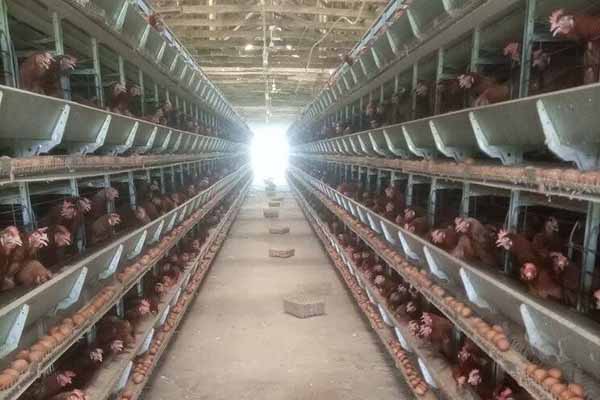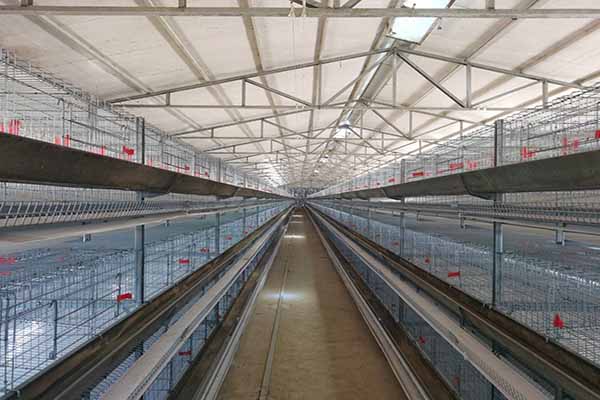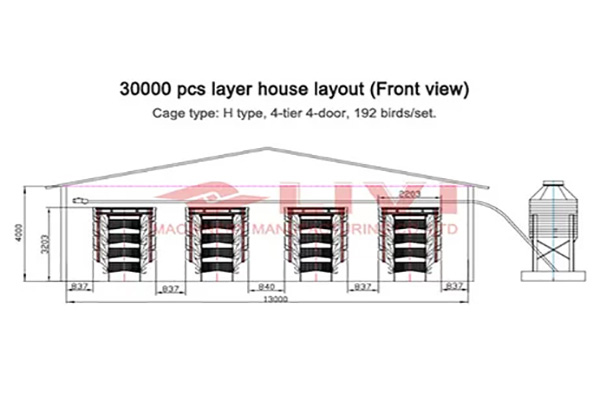Optimizing Layer Poultry Cage Size for Maximum Efficiency
Effective management of layer poultry farms relies heavily on the right equipment, including the appropriate size of poultry cages. In this article, we explore the importance of selecting the right layer poultry cage size and its impact on farm productivity.

Understanding Layer Poultry Cage Size
Layer poultry cages come in various sizes, and choosing the right one is crucial for the health and productivity of your flock. A cage that is too small can lead to stress, reduced egg production, and even injury. Conversely, a cage that is too large may waste space and resources.
On average, layer poultry cages are designed to accommodate 2-3 hens per square meter. However, this can vary depending on the breed, age, and health of the birds.
Key Factors to Consider When Choosing Layer Poultry Cage Size
- Breed and Size of Birds: Different breeds have varying space requirements. For example, heavy breeds like the Orpington may need more space than lighter breeds like the Leghorn.
- Age of Birds: Younger birds require more space for growth, while older birds may need less space due to reduced activity levels.
- Health and Comfort: Ensuring adequate space for birds to move around, stretch, and engage in normal behaviors is essential for their overall health and well-being.
- Resource Efficiency: A well-designed cage system can help optimize the use of space, reducing costs and increasing productivity.
Benefits of Optimal Layer Poultry Cage Size
- Increased Egg Production: Providing the right amount of space can lead to improved egg production and quality.
- Reduced Mortality: Properly sized cages can minimize the risk of injury and disease, leading to lower mortality rates.
- Enhanced Worker Productivity: A well-organized farm with the right cage size can improve the efficiency of farm workers.
Case Study: A Successful Layer Poultry Farm
XYZ Farm, a leading layer poultry producer, has seen significant improvements in their operations after optimizing their la yer poultry cage size. By adopting a space-efficient design, they have increased their egg production by 15% and reduced their mortality rate by 10%.
yer poultry cage size. By adopting a space-efficient design, they have increased their egg production by 15% and reduced their mortality rate by 10%.
Conclusion
Choosing the right layer poultry cage size is essential for the success of your farm. By considering the factors mentio ned above, you can ensure your birds have the space they need to thrive, leading to increased productivity and profitability.
ned above, you can ensure your birds have the space they need to thrive, leading to increased productivity and profitability.
For more information on layer poultry cage size and to receive a free chicken farm design and equipment quote from LIVI Machinery, please leave a comment below.




